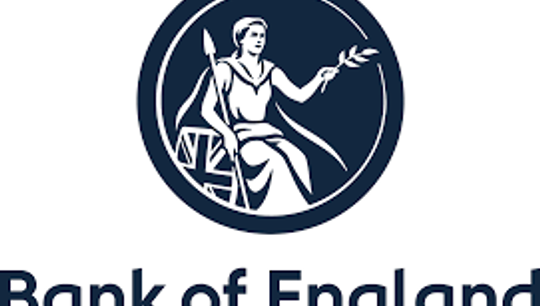ACC Valuation Roundtable Summary - Part II
Published: 08 December 2020
Private Credit Valuation, Part II
The more things change, the more things stay the same.

Global Head of the Alternative Credit Council
In May, the Alternative Credit Council (ACC) and BNY Mellon hosted a virtual roundtable of private credit practitioners and valuation experts to understand the impact COVID-19 was having on portfolio valuations ahead of Q2 marks. Fast forward six months and the group reconvened on December 2nd to take stock of what, if anything, has changed and how to approach year-end NAVs. Once again, the conversation was steered by industry experts Murray Grenville from Sterling Valuation Group, Ryan McNelley from Duff & Phelps, Jiří Król from Alternative Credit Council, and Peter Salvage and Brian McMahon from BNY Mellon’s Alternative Investment Services.
I am pleased to summarize the key talking points from this roundtable.
An evidence-based discussion
The December session kicked off with findings from the Alternative Credit Council’s 2020 Financing the Economy report, informed by data collected in the interim period between roundtables. The bullish sentiment contained within the report was supported by specific data points within the research. Nearly half of the Financing the Economy respondents note that less 15% of their portfolio has experienced or were expected to experience a breach of covenant. Furthermore, implied loan recovery rates are broadly in line with historical data from the past two years based on CDLI data.
In terms of liquidity needs, valuation or uncertainty regarding the long-term viability of the business and, closely related, an inability or unwillingness of PE sponsor/owner to provide additional equity were identified as the biggest hurdles for managers to provide additional support to their portfolio companies. Despite these challenges, the research data indicates that private credit managers are continuing to lend and are on track to lend over $100bn to SMEs and mid-sized businesses during 2020.
What have we learned during the past six months when it comes to valuation?
Clearly, there is now greater understanding of how the pandemic has impacted certain sectors than in May and how the K-shaped economic recovery is affecting different sectors. Participants emphasized the importance of starting with a sector analysis and then adjusting marks based on the individual circumstances of the borrowers. Sector analysis can only tell so much, with each sector possibly segmenting into winners and losers. Alternative investment firms pride themselves on investing in unique companies with unique attributes and as such, a sector analysis will only ever tell part of the story.
As 2020 has marched on, so have bankruptcy filings. These cases offer a unique window into understanding the impact of the crisis. Looking closely at individual bankruptcies can also offer insights into the risks and outlook of similarly situated businesses.
Accounting for external factors
Questions around continued government support and the impact such programs ending will have on companies abound. While there is optimism on positive vaccine news, there is still fear that there is worse still to come. In May, there was a discussion about looking to Asia to gauge future impact of the pandemic. Now, while many markets in Asia have made progress in controlling COVID within their borders, economic growth is still hindered by the inability of global travel thus the predictions they can offer is somewhat limited.
Volatility and equity market correlations were another topic of much discussion. Public markets rebounded rapidly over the course of the year, but the constituencies of major market indices do not necessarily tell of the vulnerability being felt by small and mid-sized companies in the private markets. The general thesis has been that private markets are less volatile due to the long-term orientation of their investors; however, it’s been difficult to prove that without data. This crisis did provide examples both of deals being repriced in the face of March market moves as well as those that did not deviate from pre-COVID valuations despite 30% moves in public market comparables. Thus, care is needed when benchmarking.
Governance and process
Valuation governance has been subject to more scrutiny by both LPs and regulators in this time of market turmoil, particularly with respect to how valuation is being calculated, recorded and demonstrated. Valuation reports increasingly contain more description, disclosure and explanatory information for events like covenant breaches. LPs and regulators are asking more detailed questions and have higher expectations regarding transparency. An example of annex funds being raised to provide additional funding to capex constrained companies was seen as one example of a response to COVID that has created greater demand for fairness opinions on how to strike the entry price for these new LPs.
Looking ahead
Now, GPs are proactive in year-end preparations to ensure there is as little change as possible between flash and final results. They are doing up front work in collaboration with valuation agents and auditors so reduce any restatements when year-end flash results are announced.
Our experts also noted that despite all the challenges 2020 has presented when it comes to valuation, the core principles remain unchanged. Fair value remains the same – it’s just been sometimes more difficult to apply due to challenges in forecasting data and equity market volatility.
Once again, the ACC would like to extend our thanks to our members for participating in this roundtable and to BNY Mellon for your partnership on this series.









